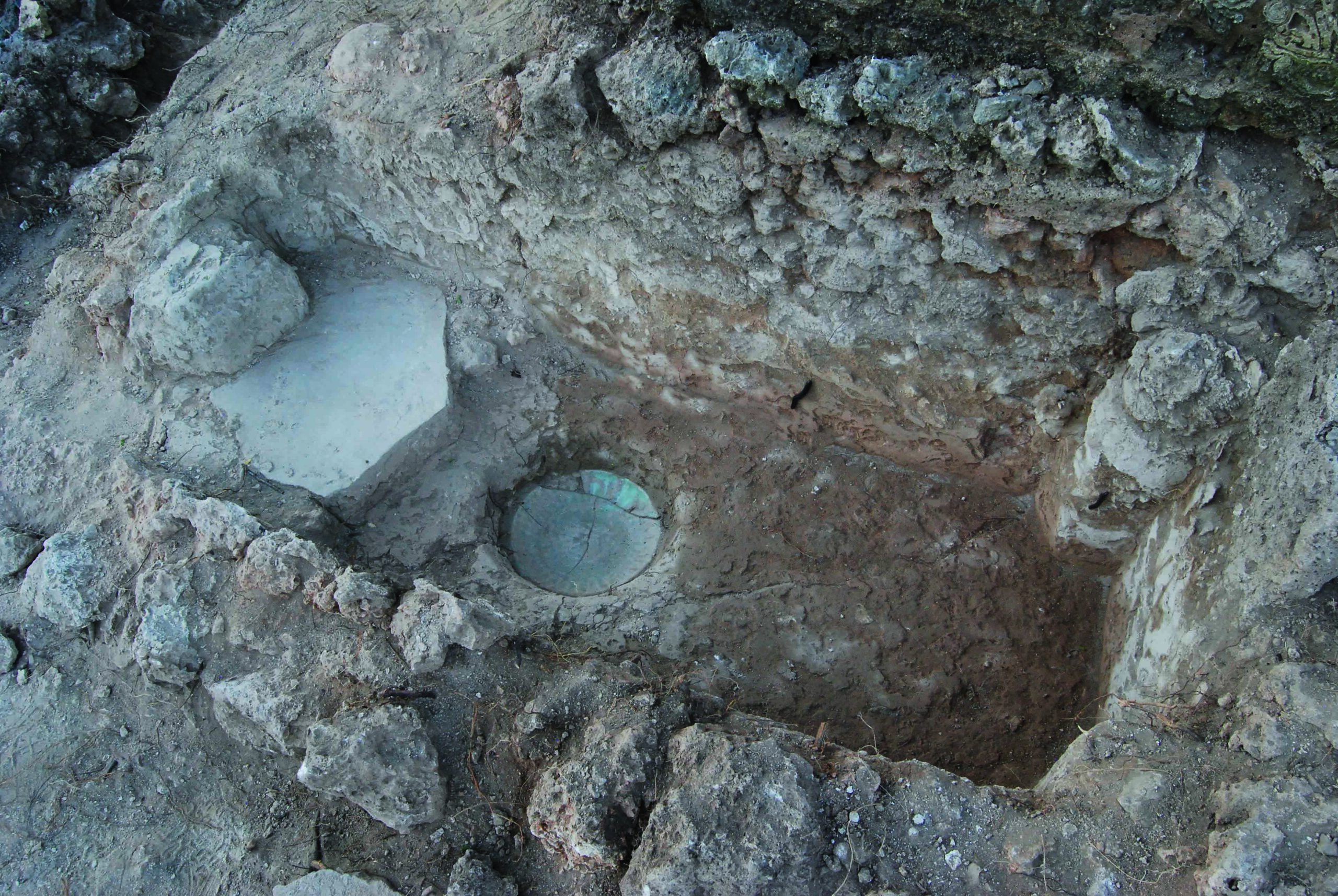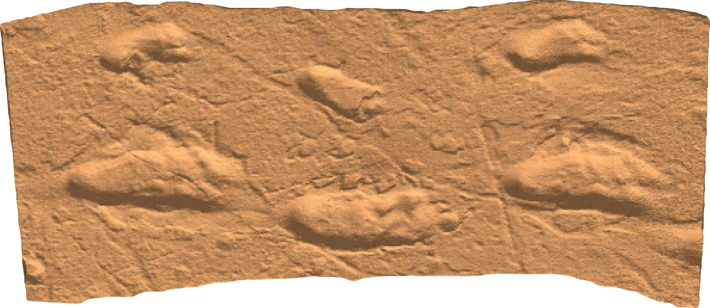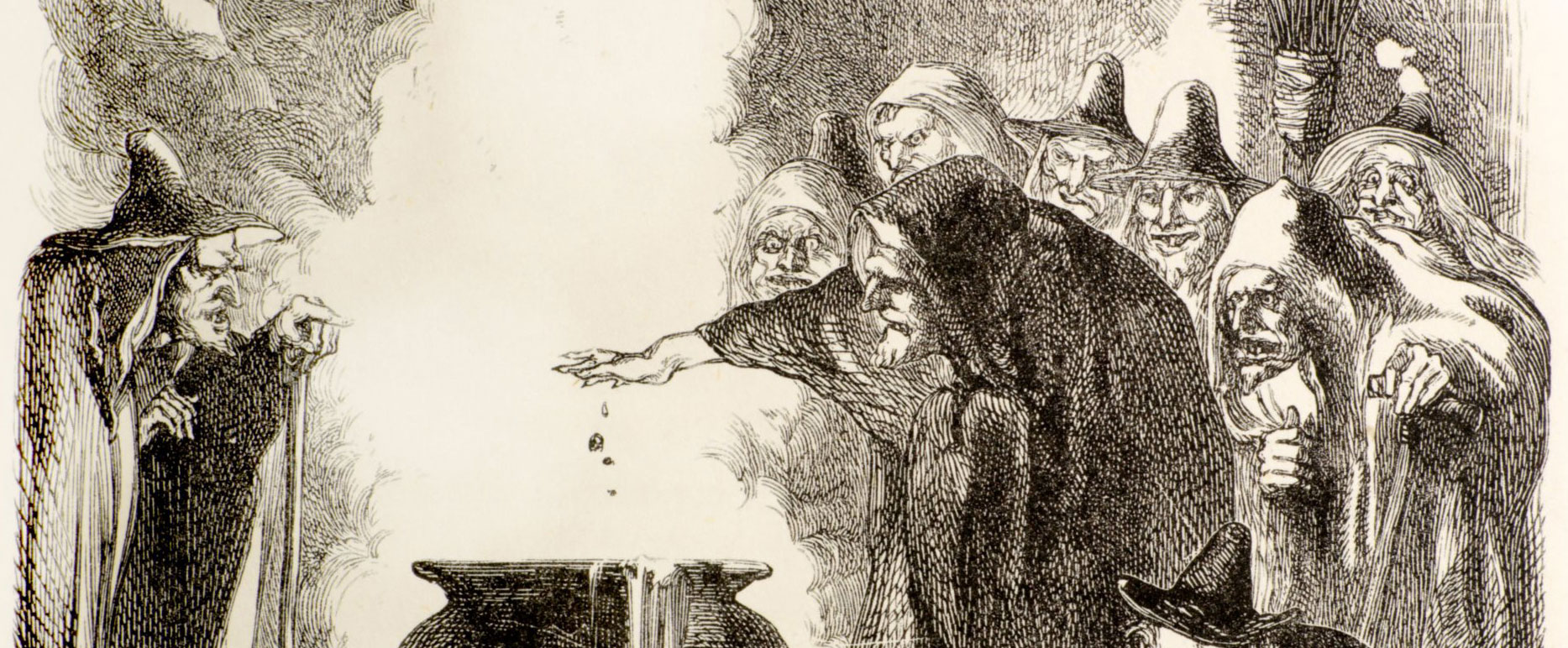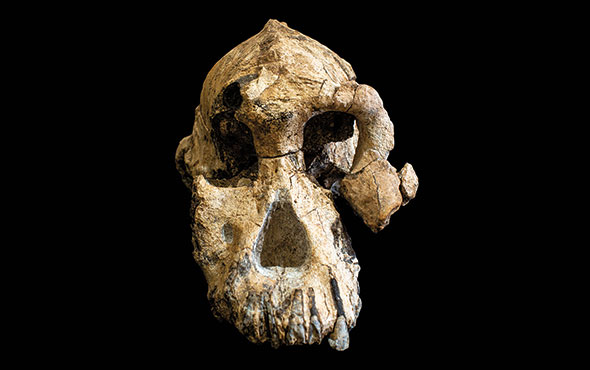
CANTERBURY, ENGLAND—Alastair Key of the University of Kent and his colleagues experimented with raw materials employed by toolmaking hominins who lived in Tanzania’s Olduvai Gorge, and found that our human ancestors were making complex decisions about tool design as early as 1.8 million years ago, according to a Cosmos Magazine report. Key said the study suggests that Early Stone Age toolmakers considered edge sharpness, cutting force, durability, and availability when choosing between different types of stone. For example, quartzite, Key explained, produced the sharpest tools, but was the least durable, and so was often chosen for flake tools, which are thought to have been used for short-term cutting activities. Chert, which was more durable than quartzite, produced tools that were almost as sharp, and was chosen for tools used for long periods of time. Hominins thus optimized their tools for specific circumstances, Key said. To read more about early hominins in Tanzania, go to "Proof in the Prints."











